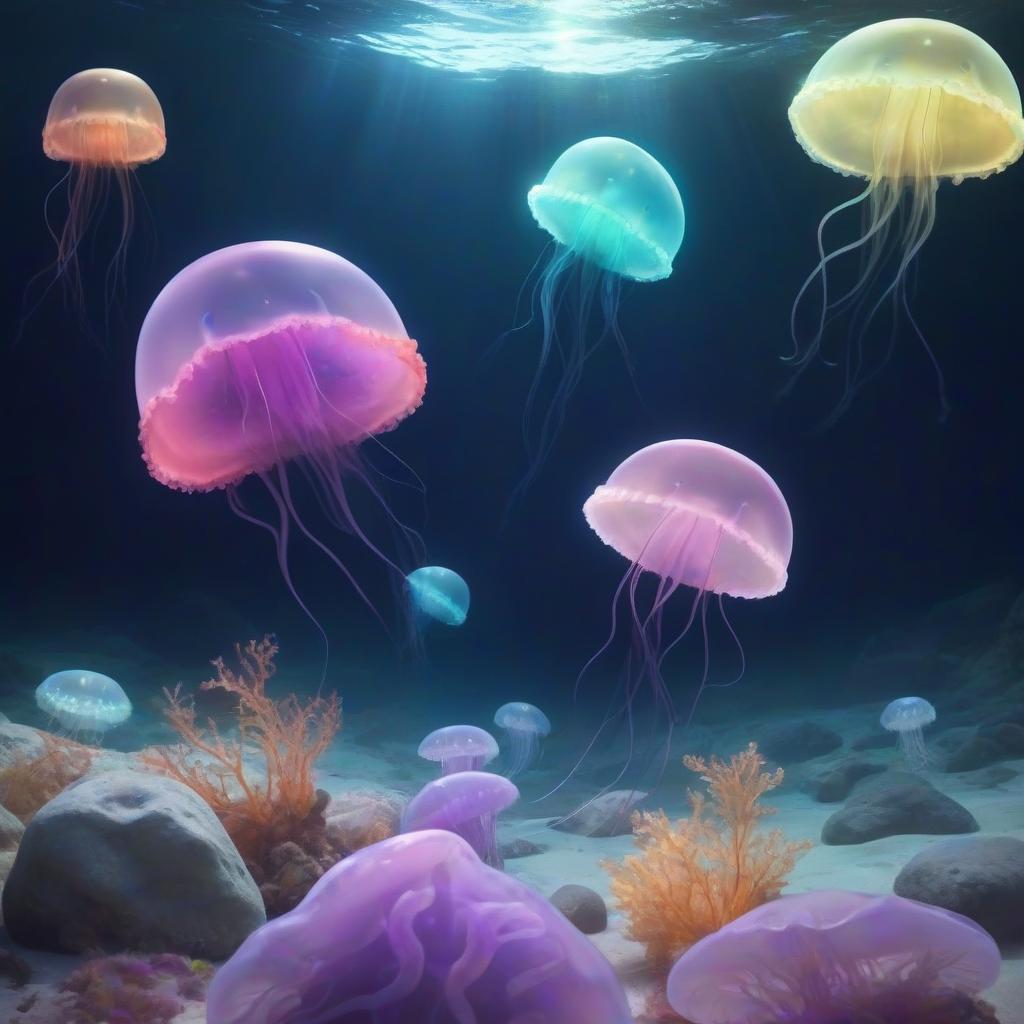I’ll try to explain to you what generative artificial intelligence is, in a few words.
Generative Artificial Intelligence (generative AI) is a type of AI that can create new content, based on patterns it has learned from existing data. Instead of just analyzing or classifying information, generative AI produces things like:
- Text content (e.g., stories, articles, code)
- Images (e.g., art, portraits, logos) As what we publish here mainly.
- Audio (e.g., music, voices)
- Video, which is amazing because it can be from images, text, or other videos.
- 3D models
How generative AI works.
Generative AI models are trained on large datasets using machine learning techniques, especially deep learning. They learn patterns, styles, and relationships in the data, and then use that knowledge to generate similar but new outputs.
For example:
- ChatGPT, Deepseek, Grok, can generate human-like responses based on prompts, and can behave as directed, and respond in different ways.
- DALL·E, Leonardo, Freepik, generates images from text descriptions, from another image, or by combining a prompt, image, and settings that each platform offers
- MusicLM creates music from text inputs.
Common Technologies Behind Generative AI.
- Large Language Models (LLMs) – like GPT (for text)
- Generative Adversarial Networks (GANs) – used in image generation.
- Variational Autoencoders (VAEs) – also used for creative tasks.
- Diffusion Models – newer, popular in image generation (used by DALL·E, Midjourney, Stable Diffusion)
Applications.
The possible applications of this generative artificial intelligence are many, and more continue to appear, but we can exemplify with some
- Writing assistance
- Art and design
- Marketing and advertising
- Game development
- Education and training
- Simulation and modeling
- SEO






